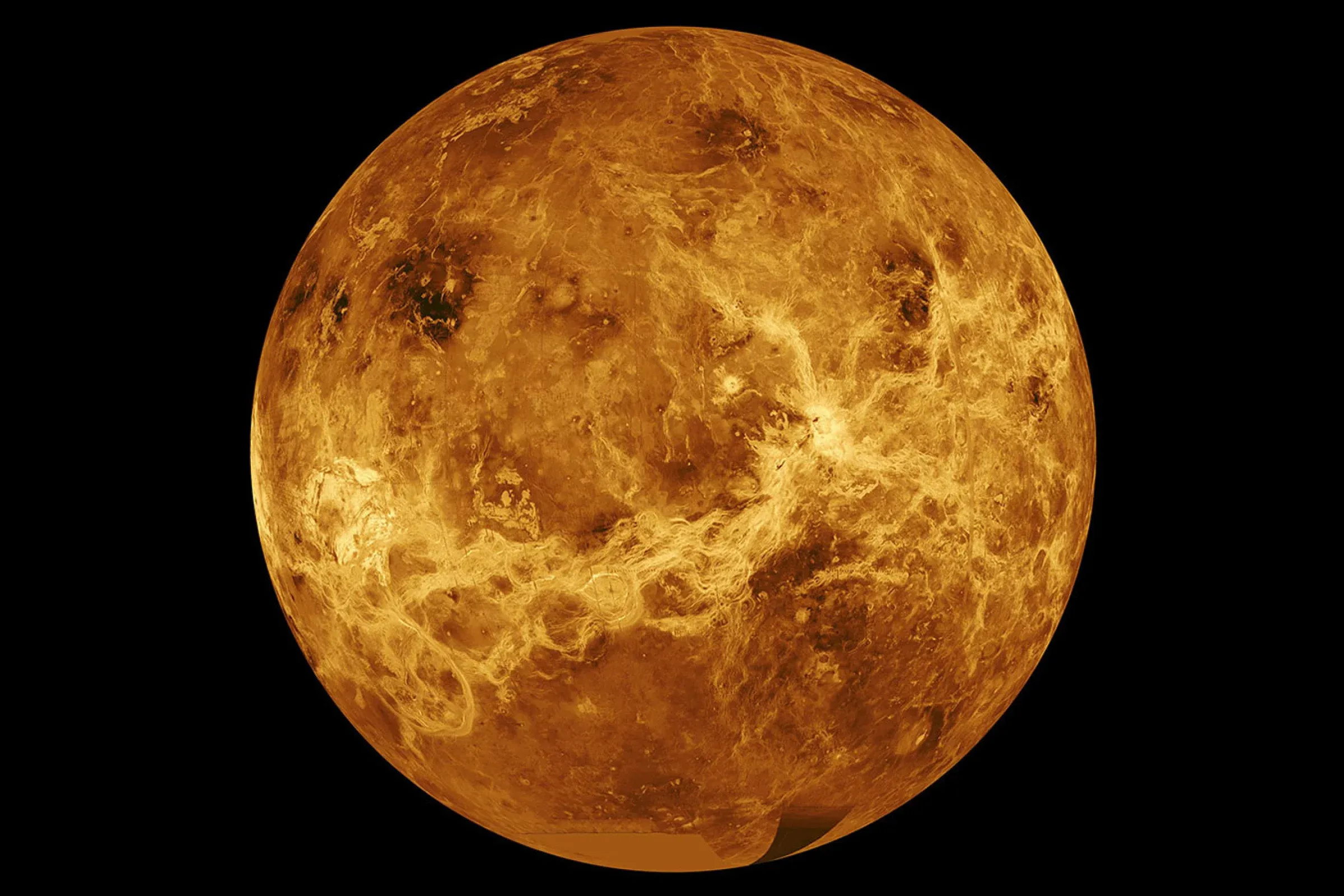Next week, two space probes will fly past Venus within 30 hours of each other on their way to the deepest part of the solar system. K
On August 9, the Sun Orbiter will pass by the planet often called “Earth’s twin”, followed by Mercury orbiter BepiColombo on August 10, reported the Newatlas page.
While it may seem like things are going downhill, sending spacecraft to Mercury and Venus is just as energy-consuming, if not more so, as going to Mars and beyond.
This is because, while traveling to the outer solar system requires speed, going to the inner solar system means losing speed. This means that spacecraft heading closer to the Sun will have to use large rockets or find other ways to put the brakes on.
Since the 1970s, the world’s space agencies have perfected the use of the catapult maneuver to change the speed of spacecraft without the need for rockets.
Also Read:
Stool And Supplementary Fiber Transplant Successfully Treats Metabolic Syndrome
–
–
The first slingshot maneuver was used on the Pioneer 11 mission, where the spacecraft used Jupiter’s gravitational pull to shoot it toward a Saturnian flyby.
For the inner system, this catapult maneuver is a bit more complicated, often requiring multiple flights across more than one planet to reach the desired destination.
In the case of NASA/ESA Solar Orbiter, the goal of next week’s flyby is to eject the spacecraft from the plane of the ecliptic, so that it can get its first view of the Sun’s poles.
Meanwhile, ESA/JAXA’s BepiColombo Venus flyby, along with a solar electric propulsion system and six upcoming Mercury flybys, will help it reach Mercury and into a stable orbit around the planet.
The Solar Orbiter will be the first to reach Venus, flying at a distance of 7,995 km (4,968 miles) at 04:42 GMT on August 9. It will be followed on August 10 at 14:48 GMT by BepiColombo, which will pass Venus at a whisker-thin distance of 550 km (342 miles).
According to the ESA, it is not possible to receive high-resolution cross-flying images because the Solar Orbiter is facing the wrong way to keep its solar panels pointed at the Sun, while BepiColombo, which consists of two anchored probes, has its main camera shielded under the plane’s transfer module.
However, a low-resolution black-and-white image will be returned by two BepiColombo monitoring cameras. These will be downloaded in batches after the meeting over the next two days.
During the flyby, the two spacecraft will collect data on the magnetic and plasma environment of Venus, and will also be monitored by the Akatsuki spacecraft JAXA, which is already in orbit around the planet.
This data will be used in planning for ESA’s EnVision Venus orbiter, which is scheduled to take off in the 2030s.


